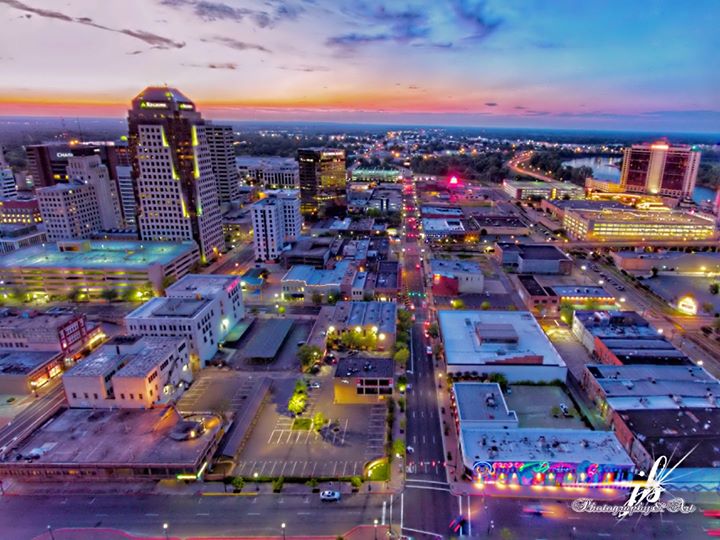Printed in the Shreveport Times, Sunday, Feb. 9, 2020
Strength in Numbers; the Key to a Vibrant Downtown
by Liz Swaine
Sometimes it’s helpful to know that we’re not the only one. We are not the only place to have ever stumbled, fallen, said intemperate things, or been down on ourselves. What’s important is keep it from becoming a habit; to come up with a plan to move forward and improve.
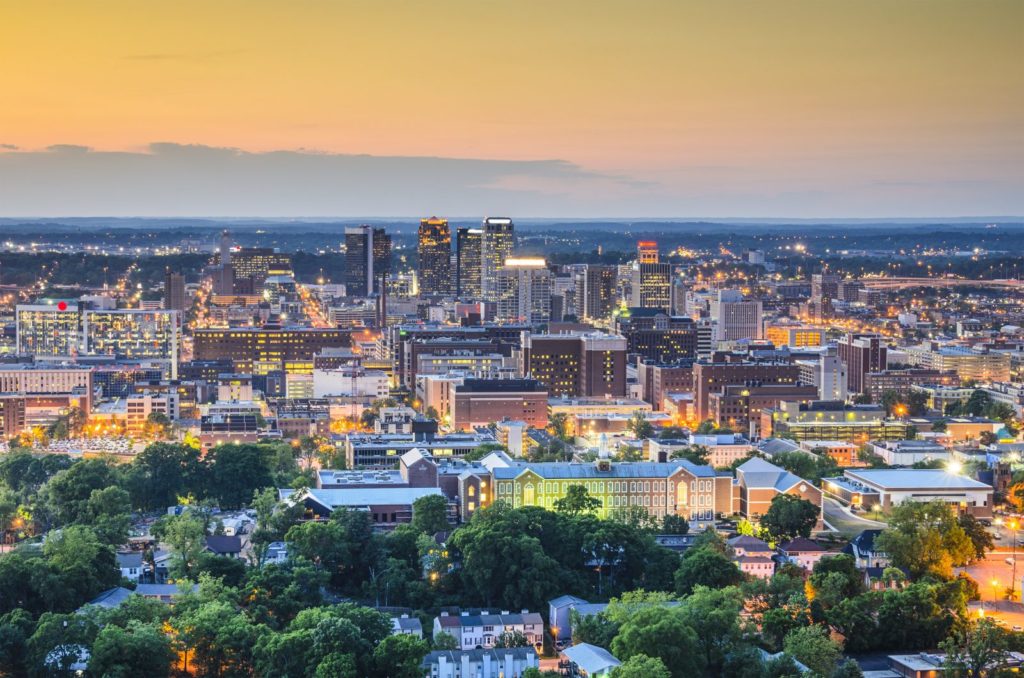
Downtown Birmingham, Ala.
Downtown Birmingham, Ala., did just that. Recently, a friend sent me a link to a little blog entitled ‘The Backstory on What Saved Downtown Birmingham.’ If you have not been to this central Alabama city, you are missing something. It sits in the rolling green foothills of the Appalachian Mountains and was such a hopping, happening place during the industrial age that it was called the ‘Magic City.’

Birmingham – Statue of Vulcan. Photo courtesy of the Vulcan Organization
Roughly the population of Shreveport, Birmingham’s skyline is dominated by Vulcan, the largest cast iron statue in the world and homage to the city’s history of iron and steel manufacturing. It is home to Sloss Furnaces, formerly the largest manufacturer of Pig Iron in the world, and now a National Landmark.
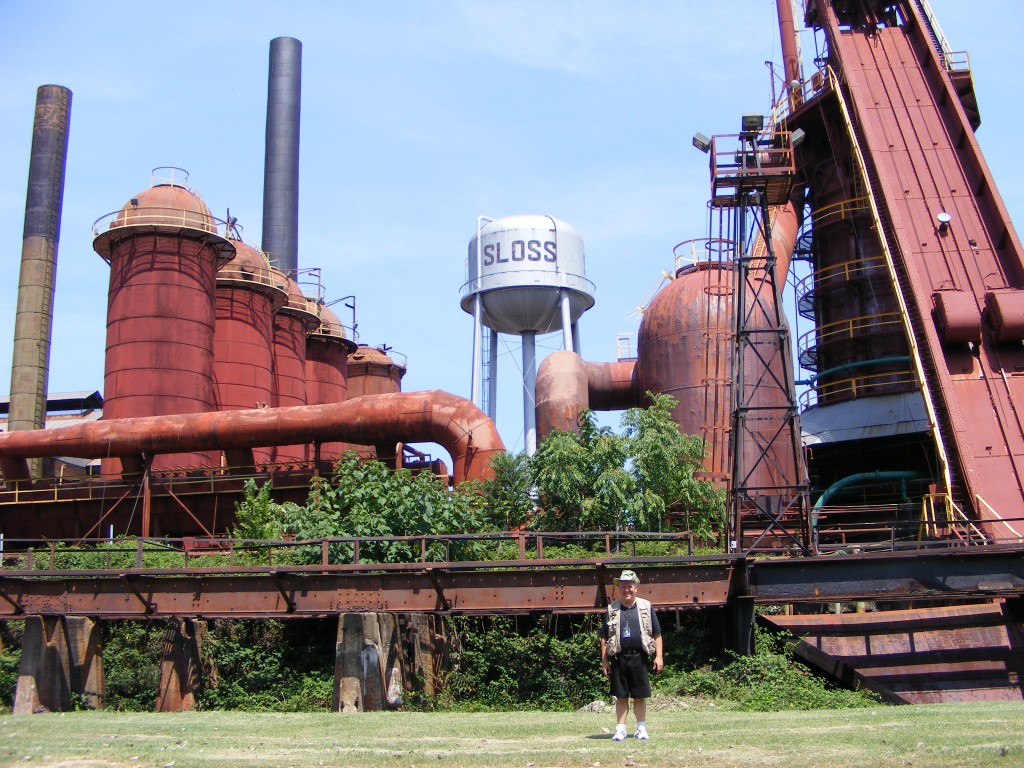
The last time I visited Sloss Furnaces, my husband and spent hours climbing all over giant, sharp-edged rusty metal equipment, serious injury and Tetanus be darned! Over the years, downtown Birmingham’s trajectory followed roughly that of Shreveport’s— high times, then low. Their downtown, like ours, was once the center of shopping, business and community life, then empty, vacant and scary. Racial confrontations roiled the community. In the 1960s, Birmingham was called one of the most racially divided cities in the country. The high- profile murder of a steel executive visiting a club in the 1970s led to the decline and failure of a new entertainment district that was hoped to revitalize their center city. Things had gotten so desperate that one prominent business leader told a downtown advocate that they would have to ‘build a new downtown over the mountain,’ moving it far away from where it was. The future of Birmingham’s downtown looked bleak. See any similarities here?
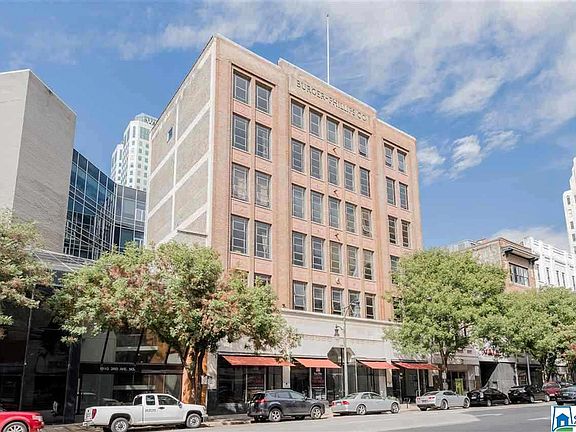 In the 1980s, a new downtown organization took inventory of their assets and decided that downtown loft apartments were needed in those vacant old buildings, an idea that sparked skepticism and outright derision. “Downtown is dangerous,” said one developer. “No one would live here.” It is important to note that in every point along the way in this, the name ‘Birmingham’ could have been replaced by ‘Shreveport.’ In the 1990s, my organizations – the Downtown Development Authority and Downtown Shreveport Development Corporation- began a strong push for downtown living and encountered the same fears and misconceptions…and we still fight them today. In Birmingham, federal historic tax credits, a single visionary
In the 1980s, a new downtown organization took inventory of their assets and decided that downtown loft apartments were needed in those vacant old buildings, an idea that sparked skepticism and outright derision. “Downtown is dangerous,” said one developer. “No one would live here.” It is important to note that in every point along the way in this, the name ‘Birmingham’ could have been replaced by ‘Shreveport.’ In the 1990s, my organizations – the Downtown Development Authority and Downtown Shreveport Development Corporation- began a strong push for downtown living and encountered the same fears and misconceptions…and we still fight them today. In Birmingham, federal historic tax credits, a single visionary 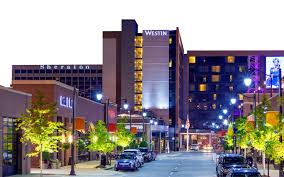 developer and a bank willing to (finally) buck prevailing attitudes led to the first small project. Now, some 13,000 people live in downtown Birmingham. Historic buildings have been saved and their 24/7 residential foot traffic has created the need for vibrant restaurants, bars and service sector. Downtown has gone from scary and sketchy to a hip and vibrant economic engine, so vibrant that their Master Plan envisions an additional 7,500 downtown residents over the next ten years.
developer and a bank willing to (finally) buck prevailing attitudes led to the first small project. Now, some 13,000 people live in downtown Birmingham. Historic buildings have been saved and their 24/7 residential foot traffic has created the need for vibrant restaurants, bars and service sector. Downtown has gone from scary and sketchy to a hip and vibrant economic engine, so vibrant that their Master Plan envisions an additional 7,500 downtown residents over the next ten years.  This should give anyone who is not a proponent of Shreveport’s downtown, pause. Loft apartments are helping give our downtown new life and vibrancy. Age groups from Millennials to Baby Boomers now call downtown home and downtown holds strong appeal to young entrepreneurs, tech workers, artists and other creatives as well as military people transitioning through. If we had the units, we would be a hub for Airbnb and other vacation rentals. More recent
This should give anyone who is not a proponent of Shreveport’s downtown, pause. Loft apartments are helping give our downtown new life and vibrancy. Age groups from Millennials to Baby Boomers now call downtown home and downtown holds strong appeal to young entrepreneurs, tech workers, artists and other creatives as well as military people transitioning through. If we had the units, we would be a hub for Airbnb and other vacation rentals. More recent 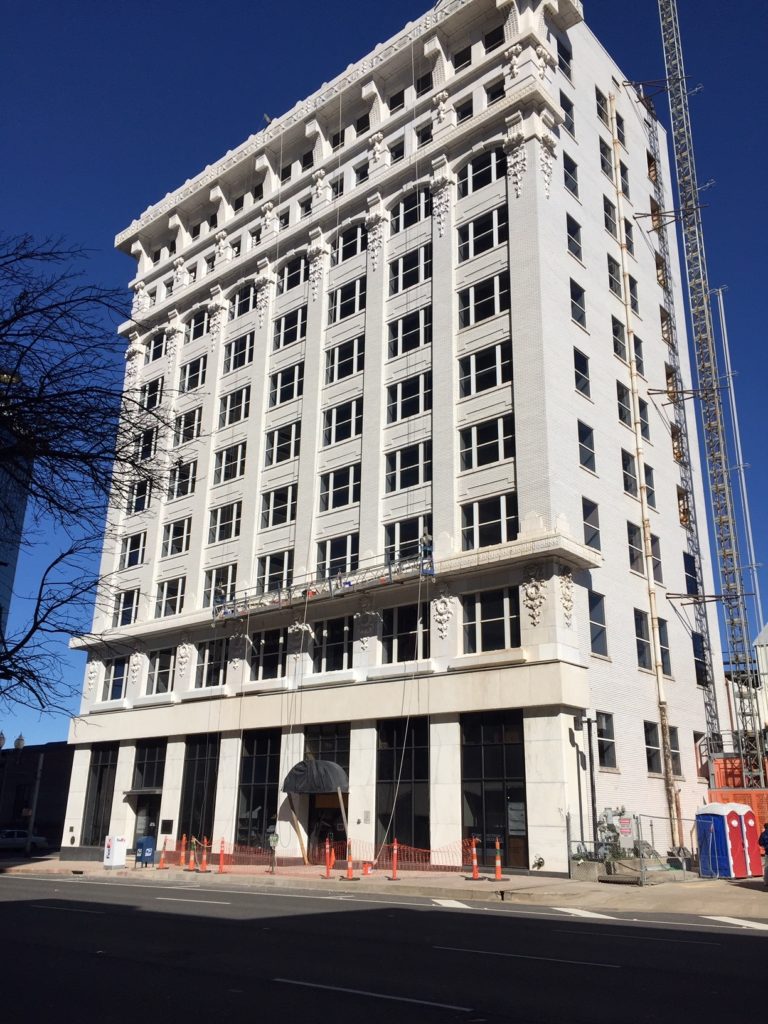 apartment projects- Ogilvie Hardware Lofts and Lofts at 624- stay at close to 100% occupancy, the recently-opened The Standard has only a few units left. United Jeweler and Lee Hardware are undergoing a needed renovation, but prior to, their occupancy was in the high 90-percent range. Individual apartments are popping up throughout downtown, and the 32-unit Uneeda Lofts is currently under construction. The DDA/DSDC share information with developers regularly on the wide range of spaces downtown perfectly
apartment projects- Ogilvie Hardware Lofts and Lofts at 624- stay at close to 100% occupancy, the recently-opened The Standard has only a few units left. United Jeweler and Lee Hardware are undergoing a needed renovation, but prior to, their occupancy was in the high 90-percent range. Individual apartments are popping up throughout downtown, and the 32-unit Uneeda Lofts is currently under construction. The DDA/DSDC share information with developers regularly on the wide range of spaces downtown perfectly  suited for apartment conversions- the old Creswell Hotel, the Petroleum Tower, the Rubenstein/Lanford building and others. At roughly 1,000, our residential numbers are far below that of Birmingham, but the opportunities are here and we, like Birmingham, believe residential is key. Living downtown is not a hard sell. Apartment tenants and condo owners can park and walk to Caddo Common Park, the Shreveport Aquarium, Red River Brewing Co., and Robinson Film Center. They can sit on a sidewalk café and drink coffee or sip wine, enjoy a variety of restaurants and nightclubs, go to live music, comedy or theater, walk to the farmers’ market or a
suited for apartment conversions- the old Creswell Hotel, the Petroleum Tower, the Rubenstein/Lanford building and others. At roughly 1,000, our residential numbers are far below that of Birmingham, but the opportunities are here and we, like Birmingham, believe residential is key. Living downtown is not a hard sell. Apartment tenants and condo owners can park and walk to Caddo Common Park, the Shreveport Aquarium, Red River Brewing Co., and Robinson Film Center. They can sit on a sidewalk café and drink coffee or sip wine, enjoy a variety of restaurants and nightclubs, go to live music, comedy or theater, walk to the farmers’ market or a 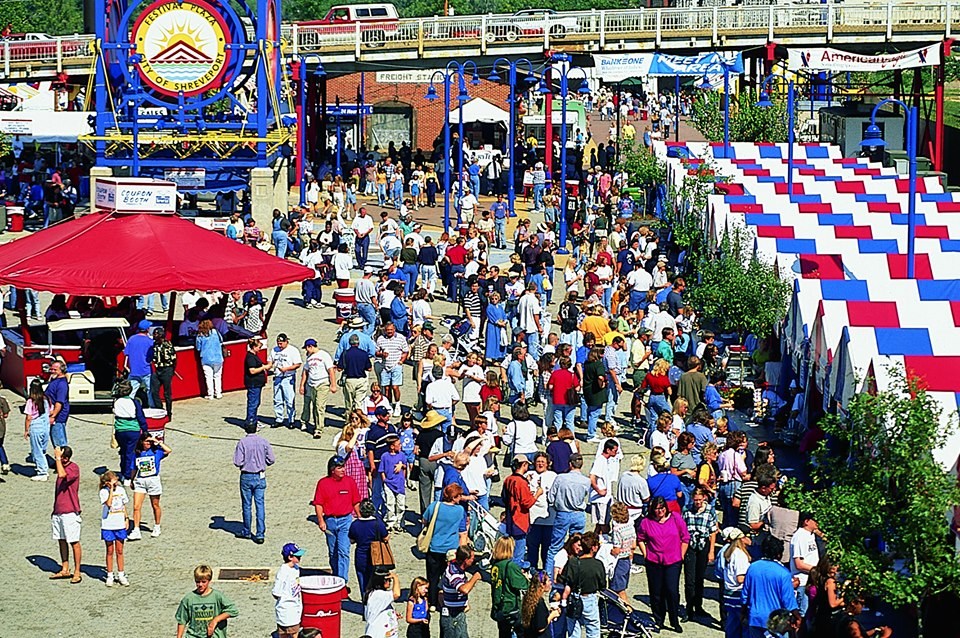 festival. They can dine at a private club, take an exercise class, go to a bakery, stroll an art walk, take a history tour, enjoy an exhibit opening, take a painting class, or do a little shopping. They can buy fresh greens at the area’s only hydroponic farm and soon, sip and sup at Every Man A King Distillery. A number of the things spurring growth in Birmingham- their university medical schools, their food scene, their entrepreneurial ecosystem, are strong here. We have other huge opportunities with our music history, medical industry, military and tech sector that we should keep developing. As the cartoon character Pogo once said, ‘We have met the enemy and he is us.’ It shouldn’t be anymore.
festival. They can dine at a private club, take an exercise class, go to a bakery, stroll an art walk, take a history tour, enjoy an exhibit opening, take a painting class, or do a little shopping. They can buy fresh greens at the area’s only hydroponic farm and soon, sip and sup at Every Man A King Distillery. A number of the things spurring growth in Birmingham- their university medical schools, their food scene, their entrepreneurial ecosystem, are strong here. We have other huge opportunities with our music history, medical industry, military and tech sector that we should keep developing. As the cartoon character Pogo once said, ‘We have met the enemy and he is us.’ It shouldn’t be anymore.

